
Several American Airlines flight attendants were taken to a hospital in Miami on December 23rd when they were overcome by a strong odor.
They were aboard Flight 281 as it was preparing to take off on a scheduled flight to Los Angeles when the pungent smell entered the cabin.
American spokeswoman Andrea Hughley explained that the odor emanated from a leaking cargo bin filled with fish.
Passengers were not directly impacted by the fumes, but were forced to return to the terminal.
The airline delayed the flight for five hours to replace the crew, unload the aromatic cargo and clean things up.
The flight resumed its California journey later that day.

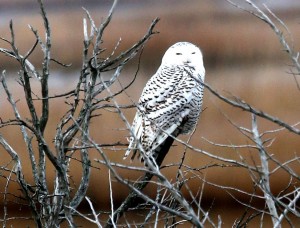 Despite their renowned wisdom, snowy owls migrating south are mistaking airport runways for safe habitat, putting themselves, and air travelers, at risk. Right now, perhaps the largest ever number of Arctic snowy owls — yes, the type beloved by Harry Potter and friends—are descending on the Northeast and Great Lakes states in one of what may be several waves of arrivals. (Such an influx is called an “irruption,” just for the record.)
Despite their renowned wisdom, snowy owls migrating south are mistaking airport runways for safe habitat, putting themselves, and air travelers, at risk. Right now, perhaps the largest ever number of Arctic snowy owls — yes, the type beloved by Harry Potter and friends—are descending on the Northeast and Great Lakes states in one of what may be several waves of arrivals. (Such an influx is called an “irruption,” just for the record.)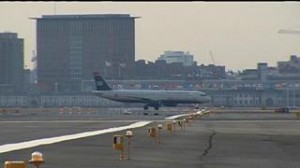 Boston Logan International has become the first airport in the US to use an automated runway FOD detection system. The airport has had the state-of-the-art FODetect system installed, developed by Xsight Systems, that has been sited on runway 09-27, which is the busiest departure runway at Boston Logan.
Boston Logan International has become the first airport in the US to use an automated runway FOD detection system. The airport has had the state-of-the-art FODetect system installed, developed by Xsight Systems, that has been sited on runway 09-27, which is the busiest departure runway at Boston Logan.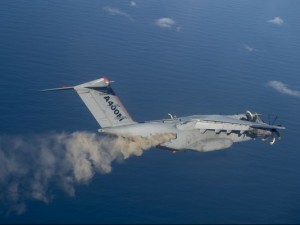 Engineers from Airbus and their customer Easyjet have teamed up to create an artificial ash cloud to test a sensor that could help avoid massive airspace closures after a volcanic eruption.
Engineers from Airbus and their customer Easyjet have teamed up to create an artificial ash cloud to test a sensor that could help avoid massive airspace closures after a volcanic eruption. The new FODetect foreign object debris (FOD) detection systems went operational in mid-May at Tel Aviv’s Ben-Gurion International Airport (LLBG). The equipment, developed by Israeli company Xsight Systems, was certified after an evaluation process and soft launch on Ben Gurion’s primary Runway that begun in August of 2012.
The new FODetect foreign object debris (FOD) detection systems went operational in mid-May at Tel Aviv’s Ben-Gurion International Airport (LLBG). The equipment, developed by Israeli company Xsight Systems, was certified after an evaluation process and soft launch on Ben Gurion’s primary Runway that begun in August of 2012.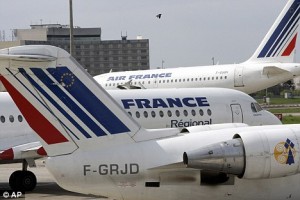
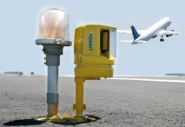
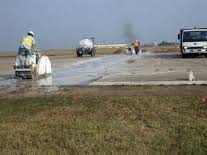
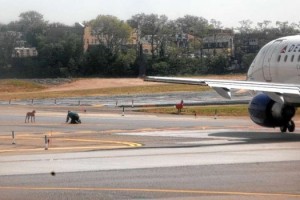

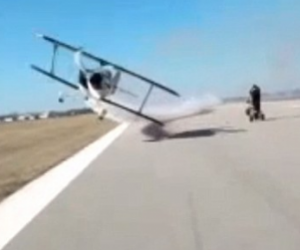 An aircraft came within inches of crashing into an unidentified man riding his quad bike on a runway, while his unidentified female friend filmed him (video below).
An aircraft came within inches of crashing into an unidentified man riding his quad bike on a runway, while his unidentified female friend filmed him (video below).

